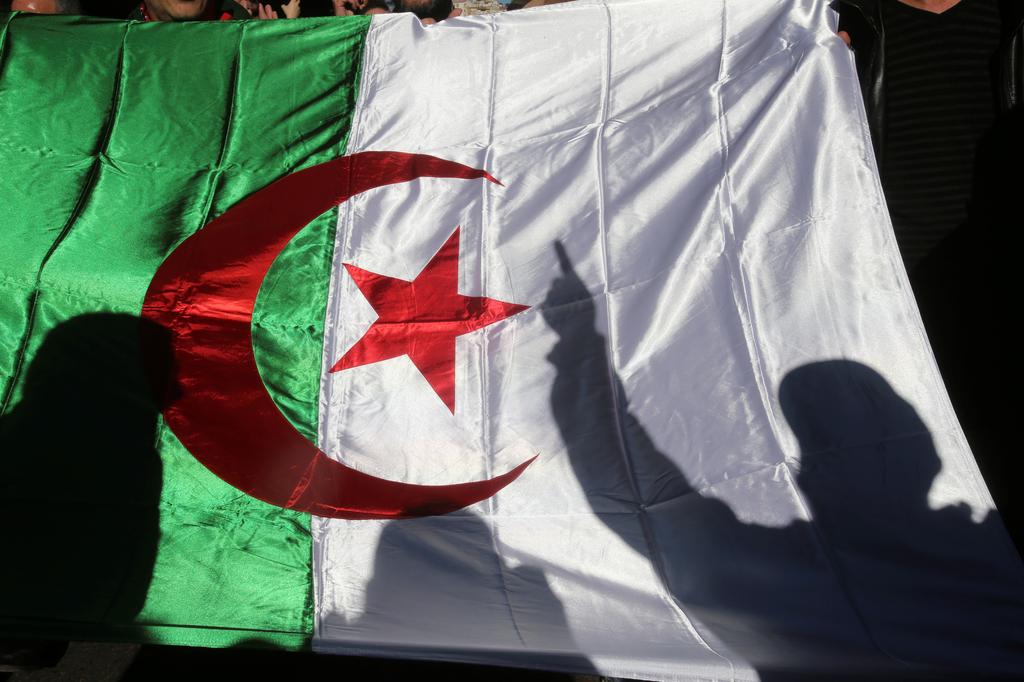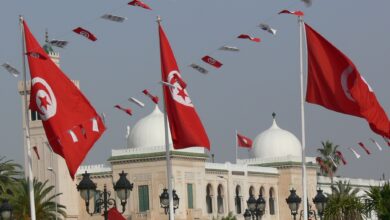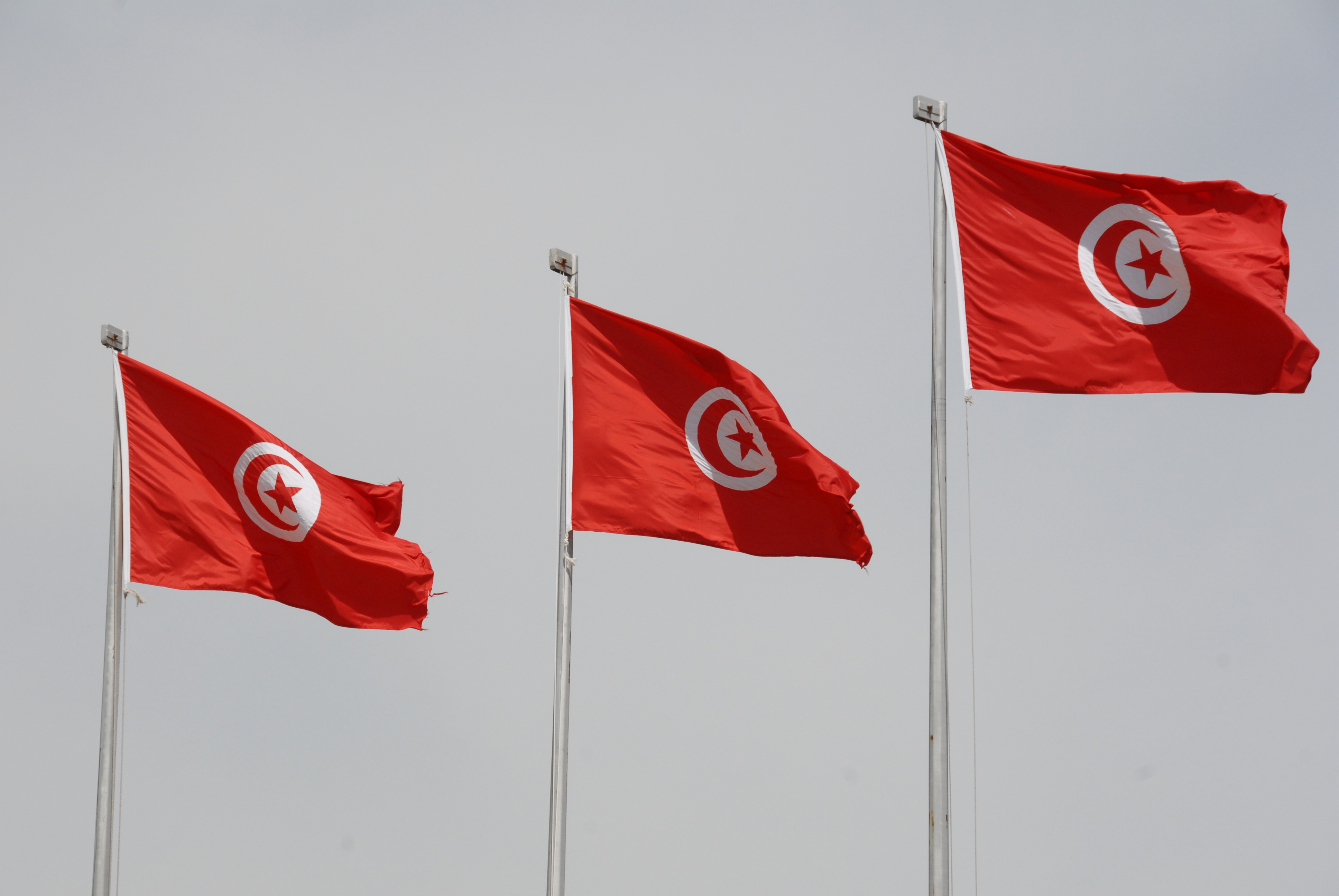As analysts remain immersed in comparing Egypt and Tunisia, examining the likelihood of a similar uprising at home, they point out the role of Tunisia’s middle class and lament the absence of a similarly sophisticated stratum in Egypt.
"The middle class in Tunisia is wider and better educated and better off economically and socially than its counterpart in Egypt,” said Amr Hamzawy, research director of the Carnegie Endowment for International Peace in Beirut.
Hamzawy said this “has created higher political expectations among the members [of the middle class] as compared to their Egyptian counterparts.”
The Tunisian middle class constitutes roughly 80 percent of the total population. This class enjoys relatively good welfare services that cover health and educational needs.
Despite its authoritarian grip, former President Zine al-Abidine Ben Ali’s regime embarked on a set of economic liberal reforms, achieving an average annualized GDP growth of 5 percent since 1994. Thanks to this expansion, Tunisia was ranked the first among North African countries in the Global Competitiveness Report issued by the World Economic Forum for the 2010-2011 edition. The Tunisian per capita income reached US$4,184 in 2009, among the highest in North Africa. Egypt’s per capita income is estimated at US$2070.
Like many countries, the Tunisian economy was dealt a blow by the international economic crisis.
The GDP growth went down to 3 percent in 2009. By the end of 2010, the repercussions of the global recession coupled with a rising unemployment and endemic corruption sparked the “Jasmine Revolution.”
The uprising began with large social and economic protests that followed the self-immolation of Mohamed Bouazizi in the southern Tunisian city of Sidi Bouzid. The physics graduate set himself on fire after police had confiscated his market stall, his family’s sole source of income.
“The Tunisian middle class expanded the social protests spearheaded by the poor and the unemployed, moving them from remote spots to big cities,” said Hamzawy.
Within days, the protests spread across the country until they reached the capital Tunis. Slogans revolving around economic demands soon turned political with tens of thousands of Tunisians rallying in the capital and calling for the longstanding president to step down. Banners reading: “Game over”, “Ben Ali, disengage”, and “Ben Ali, the assassin," were raised in the heart of Tunis, attesting to an unprecedented level of discontent.
The middle class helped to turn protests political “in the sense that it linked social and economic grievances to Ben Ali's corruption and raised a greater demand for [political] change,” said Hamzawy.
The education and power of the middle class attests to Tunisia’s relatively remarkable human development record. While Egypt is ranked 88th among 134 countries on the pillars of human development–health and primary education–Tunisia occupies the 27th rank, according to the World Economic Forum. The adult literacy rate was nearly 78 percent in Tunisia between 1999 and 2007, while in Egypt it was 66 percent, according to a UN Development Programme report published in 2009.
“Generally speaking, the level of awareness is very low among all Egyptian classes,” said Ahmed Fawzi, a representative of the Egyptian Association for Community Participation Enhancement (EACPE). “The levels of education and culture are also very low as compared to Tunisia.”
With the advent of the 1952 coup d’etat, the Egyptian middle class constituted 20 percent of the Egyptian population. As soon as President Gamal Abdel Nasser rose to power in 1954, he sought to build a large middle class that would spearhead his development plan and serve as a social base for his regime. He invested national resources in enlarging this stratum by increasing the size of the bureaucracy and subsidizing higher education.
At the apex of the socialist era, he opened the university system to students from lower class backgrounds by abolishing tuition fees. In the meantime, he adopted a state employment policy to guarantee jobs to all graduates. Ultimately, the number of civil servants jumped from 250,000 to 1.2 million between 1952 and the early 1970s.
According to renowned economist Galal Amin, educated, middle-class citizens constitute between 40 percent and 50 percent of Egypt’s population, but the socio-economic conditions of this class have deteriorated for the last three decades.
“The conditions of this class have worsened mainly because of the deterioration of education. The government has neglected [national] education and stopped spending on education and health as much as it used to until the mid 1970s,” explained Amin, a longtime economics professor at the American University in Cairo.
In the 1970s, Egypt embarked on economic liberalization, departing from the socialist model in favor of a freer market economy. This change required the government to withdraw gradually from the economy and eventually abandon the middle class.
The situation worsened after the state decided to move forward with structural adjustment policies and privatization in the early 1990s. Eventually, the state abandoned the state employment scheme and cut expenditures on welfare services.
“The characteristics of the middle class have changed,” said Amin. “It has become more frustrated… and its level of education has worsened especially among the lower-middle classes that cannot afford private schooling.”
It is worth noting that a few skilled segments of the middle class bore the fruit of the open market economy by working for foreign companies and banks and eventually earning high salaries.
In the meantime, the liberalization of the Egyptian economy coincided with the resurgence of Islamists–namely the Muslim Brotherhood. Since then, the nation’s oldest Islamist group, which aspires to establish an Islamic state, has attracted middle-class Egyptians.
In the meantime, the highly conservative Salafi tide has been rampant in the Egyptian society. While tens of protesters rally to call for democratization, hundreds and sometimes thousands have taken to the streets over sectarian issues. Such religion-based protests have furthered the sectarian divide in society and intimidated secularists.
“In Tunisia, you cannot find the same Salafi and reactionary culture we have here,” said Fawzi. “We are in deep crisis. If 200,000 people take to the streets, they will only shout slogans in favor of the cross or in favor of Islam.”
According to Hamzawy, the Tunisian advanced educational system has contributed to shaping a secular political vision among middle-class Tunisians.
“The better educational standards in Tunisia have been associated with a secular outlook, which in the very least has created a wide commitment to a secular and civil state,” said Hamzawy.
This commitment to secularism allowed the middle class to act collectively, added the Beirut-based Egyptian expert.
“When religion is out of the picture, you can mobilize people on a set of common secular issues such as political liberalization and social and economic issues without preoccupying yourself with questions of whether you should have a civil or a religious state,” Hamzawy said.
However, the Islamization of the Egyptian middle class remains “an impediment to mobilization,” he added. “In Egypt, the religious drive hinders the mobility of the middle class to act on basic demands that concern everyone.”




